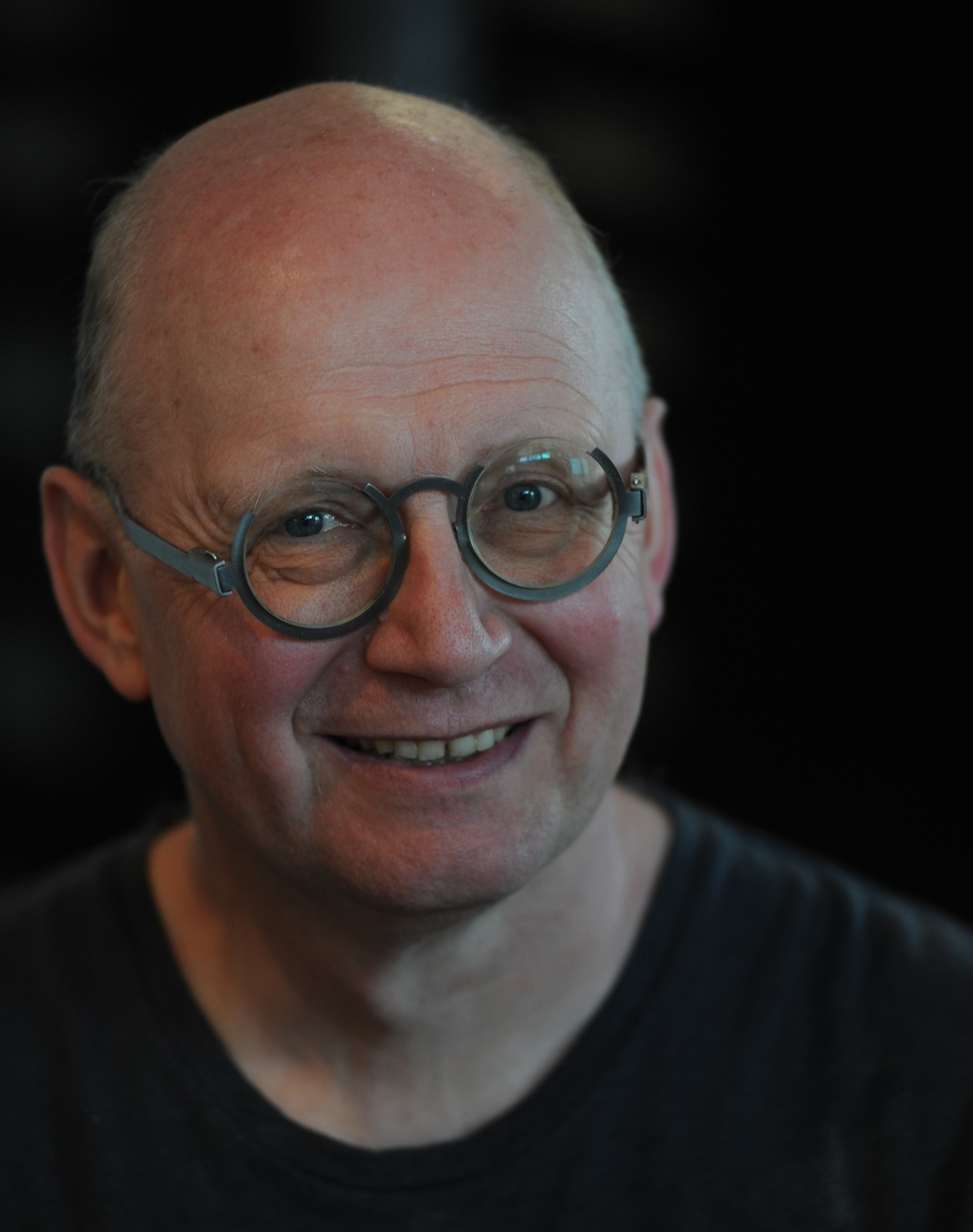Johannes Kuhnen
Créateur de bijoux
1969-73
Apprenticeship as goldsmith in Düsseldorf, Germany
1974-78
Product Design, University of Applied Science, Düsseldorf, Germany
1981
Arrival in Australia
1984
Lecturer at the Canberra School of Art
2011
Associate Professor, ANU School of Art, Canberra.
SELECTED EXHIBITIONS
1979
Gallery Neon, Brüssel, Belgium, with Elisabeth Holder
1980
Gallery RA, Amsterdam, Netherlands, with Elisabeth Holder
1987
Contemporary Jewellery Gallery, Sydney, with Helen Aitken-Kuhnen
1988
Gallery Fluxus, Dunedin, New Zealand, with Helen Aitken-Kuhnen Gallery Fingers, Auckland, New Zealand, with Helen Aitken-Kuhnen
1989
Contemporary Jewellery Gallery, Sydney, one man show
1990
Gallery Neon, Brussels, Belgium with H. Aitken-Kuhnen Gallery Pavè, Düsseldorf, Germany with H.Aitken-Kuhnen
1994
Electrum Gallery, London, Schmuckforum Zürich, Gallery Brodhag & Wörn, Berlin and Gallery Knauth & Hagen, Bonn with Helen Aitken Kuhnen and Elisabeth Holder
1996
Gallery Funaki, Melbourne with Helen Aitken-Kuhnen
1999
‘Glasses’ Quadrivium Gallery Sydney, one man show ‘Corresponding Colour-Jewellery 1999’, Funaki Gallery Melbourne, one man show
2007
‘Australian vessels and objects’, Galerie RA, Amsterdam
2009-10
« Johannes Kuhnen: a survey of innovation », School of Art Gallery, Australian National University, Canberra touring Queensland, Victoria and New South Wales ‘CrossSection’ Johannes Kuhnen, one man show, Workshop Bilk Queanbeya.
WORKS IN PUBLIC COLLECTIONS, selected
Badisches Landesmuseum, Karlsruhe, Germany Museum Boymans van Beuningen, Rotterdam, Netherlands Victoria State Craft Collection, Melbourne National Gallery of Victoria, Melbourne Art Gallery of Western Australia, Perth Queen Victoria Museum and Art Gallery, Launceston, Tasmania Powerhouse Museum, Sydney New Parliament House, Canberra City of Hamilton Art Gallery, Hamilton, Victoria Staatliche Museen Preussischer Kulturbesitz, Kunstgewerbemuseum, Berlin, Germany Museum für Kunst und Gewerbe, Hamburg, Germany Art Gallery of South Australia, Adelaide Victoria and Albert Museum, London, UK National Gallery of Australia, Canberra Banyule City Council Art Collection, Victoria Helen Drutt-Williams Collection, Philadelphia, USA Queensland Art Gallery, Brisbane National Museum of Scotland, Edinburgh, UK Canberra Museum and Gallery, Canberra Pinakotek der Moderne, Munich, Germany Schmuckmuseum Pforzheim, Germany Museum of Fine Arts, Boston, USA.
Johannes Kuhnen statement
My artistic practise is based on three major workgroups, the making of wearable objects in the form of brooches, armrings and pendants and the construction of utilitarian objects such as tea and coffeepots, tray and related vessel forms and the exploration of small-scale production of spectacle frames. The material, anodised aluminium has been the focus of my work since 1975. This choice was at the time caused by the increase of the gold price and my search for wider colour options on metal. I would not have thought that it would be a dominating element in my work as well as my student’s work for such a long time. I still get frustrated by the numerous inconveniences in the working with aluminium and revert back to precious metal from time to time to maintain my sanity. Aluminium cannot be fabricated like the traditional materials in goldsmithing and therefore restricts the making of small objects to industrial processes or laborious hand filing as the shaping of small objects can only be done from solid blocks of material. The additional process of anodising is also labour-intensive and very demanding in regards to finish and surface quality.The use of titanium for the structural elements of the tableware or spectacles is another attempt to escape from aluminium, bringing with it, its own technical and aesthetic considerations.
Déclaration de Johannes Kuhnen
Ma pratique artistique est fondée sur trois groupes principaux de travail : la fabrication d’objets portables sous forme de broches, d’anneaux de bras et de pendentifs, la construction d’objets utilitaires comme théières, cafetières, plateaux et toutes formes de vaisselle associées, et l’exploration de production à petite échelle de montures de lunettes. L’aluminium anodisé a été le centre de mes recherches depuis 1975. Ce choix a été à l’époque causé par l’augmentation du prix de l’or et ma recherche de larges palettes de couleur sur le métal. Je ne pensais pas que ce choix allait dominer mon travail ainsi que celui de mes étudiants pendant si longtemps. Je suis toujours frustré par les nombreux inconvénients du travail de l’aluminium et pour maintenir ma santé mentale je reviens au métal précieux de temps en temps. L’aluminium ne peut pas être utilisé comme les matériaux traditionnels de l’orfèvrerie, ce qui limite la fabrication de petits objets par des procédés industriels ou par un laborieux travail à la main car le façonnage de petits objets ne peut être fait qu’à partir de solides blocs de matériaux. S’y ajoute le processus d’anodisation qui est un travail intensif, très exigeant en ce qui concerne la finition et la qualité des surfaces. L’utilisation du titane pour les éléments structurels de vaisselle ou lunettes est une autre tentative d’échapper à l’aluminium, Et, ce sont d’autres considérations techniques et esthétiques.
Cet artiste a participé rue Paul Fort à :
L’exposition « Au-delà du précieux, au-delà des mers » en septembre octobre 2013
Photos

RINGS TITANIUM, PINK SAPPHIRES AND SPESSARITE GARNET, PINK AND CEYLON SAPPHIRES




